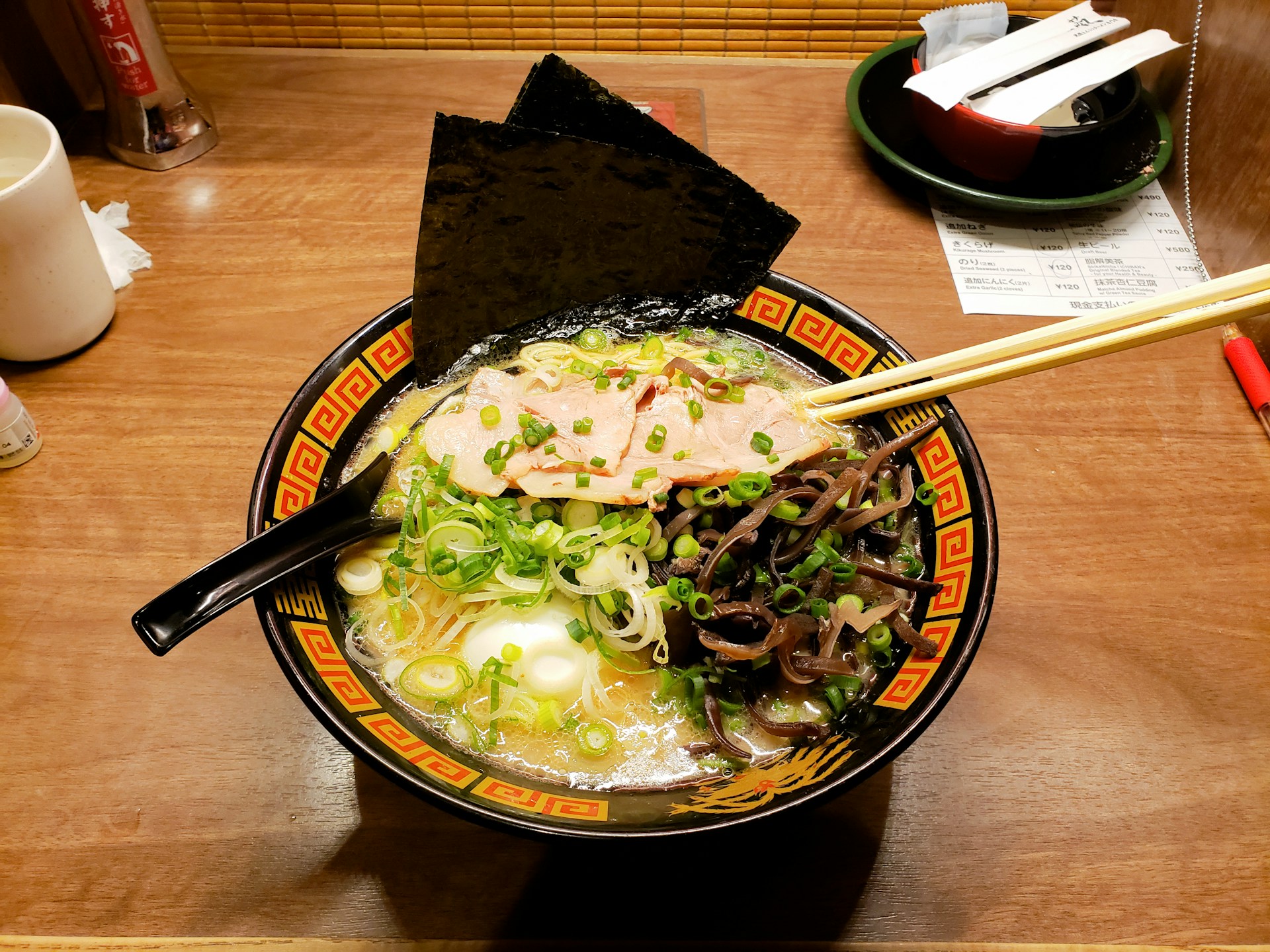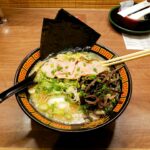目次
Introduction
Ramen is a beloved, accessible comfort food in Japan, but certain ramen shops have surprisingly strict rules like “no talking,” “order once only,” or “no photos.” While the idea of “rules for a perfect bowl” is somewhat understandable, there are moments when they feel excessive. This article dives into the reasons behind these strict ramen shop rules, the cultural context, and the moments when they might feel a bit much.
Why Do Ramen Shops Have Such Strict Rules?
The strict rules in ramen shops come from various reasons rooted in Japanese culture and values. While popular shops often impose these rules, it’s interesting to explore how Japanese aesthetics and customs play a role.
1. Ensuring Smooth Service
Ramen’s quality declines quickly—the noodles soften, and the soup cools—so it’s best eaten immediately. Rules like “order once” or “eat in a certain order” help ensure customers get the best flavor and texture. Popular shops also need high turnover, and strict rules help speed things up and keep service efficient.
2. The Craftsmanship Mindset
Many ramen chefs have dedicated years to perfecting their recipe, and they take pride in delivering their “ultimate bowl.” For these chefs, not only the taste but the entire eating process is essential to fully appreciate the dish. Strict rules are often intended to guide customers to enjoy the ramen the way the chef believes it should be experienced.
3. Imitating Popular Shops
In some cases, less well-known ramen shops adopt similar strict rules, thinking it will create an aura of authenticity or professionalism. While they may aim to impress with their attention to detail, overly strict rules without corresponding quality or taste can come off as excessive and even restrictive.
4. Hospitality and Etiquette
Japan’s “omotenashi” (hospitality) culture emphasizes thoughtful service, but it also comes with an expectation of etiquette from the customer. In ramen shops, the shared goal is a mutual experience of enjoying the ramen in a way that aligns with the shop’s vision. This reflects Japanese values that prioritize group harmony over individual freedom.
Examples of Strict Rules That Can Feel Excessive
Some ramen shop rules can feel unnecessary and even disrupt the dining experience. Here are some common examples:
1. Restrictions on Photos
Some ramen shops ask customers to eat immediately after the bowl is served or even prohibit photography. While eating ramen while it’s hot is ideal, taking photos to share on social media is part of the modern dining experience. When the timing or act of photography is restricted, it can take away from the enjoyment and relaxation of dining.
2. Specifying the Eating Order
Rules like “taste the broth first” or “alternate between noodles and toppings” can feel restrictive, especially if customers just want to enjoy the dish in their own way. While the chef’s intention may be to guide customers to savor each element, overly detailed instructions can sometimes make the dining experience tense rather than enjoyable.
3. Encouraging Fast Eating
Some shops urge customers to eat quickly, claiming that “the noodles will become soggy.” However, everyone has their own pace. Rushing through a meal can reduce the chance to fully appreciate the ramen and may make customers feel hurried, taking away from the joy of the experience.
A Unique Cultural Element: The “Way of Ramen”
These strict rules are not just a quirk but are tied to deep cultural values and aesthetics unique to Japan.
Craftsmanship Culture
In Japan, there’s a long-standing tradition of “shokunin” (craftsmanship) in fields like sushi and tempura. Ramen chefs also often embody this dedication, seeing their ramen as art that demands respect. For them, the eating experience is part of the dish’s “perfection,” which is why they may impose rules to ensure customers enjoy it fully.
Minimalism and Focus
Japanese culture values minimalism, the idea of stripping away unnecessary elements to focus on the essence of something. Ramen shop rules may serve as a subtle message: “Stay focused on the ramen in front of you, savor it purely and completely.”
Conclusion
Ramen shop rules serve as a way to protect the quality of each bowl and reflect the chef’s dedication to their craft. However, if the rules feel too restrictive or excessive, choosing a shop with a more relaxed style may be best. Ultimately, ramen rules should enhance the experience of the dish rather than restrict it. By selecting shops that align with your preferences, you can ensure a richer and more enjoyable relationship with ramen.








最近のコメント